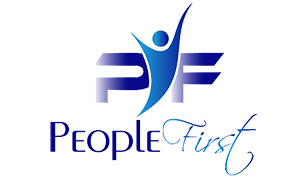
The Danger of Blind Spots
Our greatest liability is the one we are unaware of. You must first know the enemy before you can conquer it. Regardless of how well we know ourselves, most of us have personal and professional blind spots. Characteristics others see about us, but we do not see about ourselves. A blind spot is any situation where our perception about ourselves is different from the reality.
For example, an individual who thinks he is a great listener, but everyone else knows he will not stop talking. Another example may be a supervisor who feels her team is provides excellent customer service, but in reality other teams have created “work arounds” to avoid dealing with them. The problems that arise from blind spots can be challenging for leaders and those around them and can lead to dysfunctional behaviors.
The higher a leader is in an organization, the more his/her information is filtered. In other words, the higher the leader, the more organizational blind spots he/she is susceptible to. As a result, leaders can mistakenly believe their teams possess the skills and competencies necessary to execute a particular plan, when in fact they do not. Focus and passion will certainly take your team a long way, but competence is essential.
The best way to identify your blind spot is to ask for, and listen to feedback about you and your team. Once you identify your blind spots you can begin to create processes, systems and measurements that enable your team to consistently perform well.

